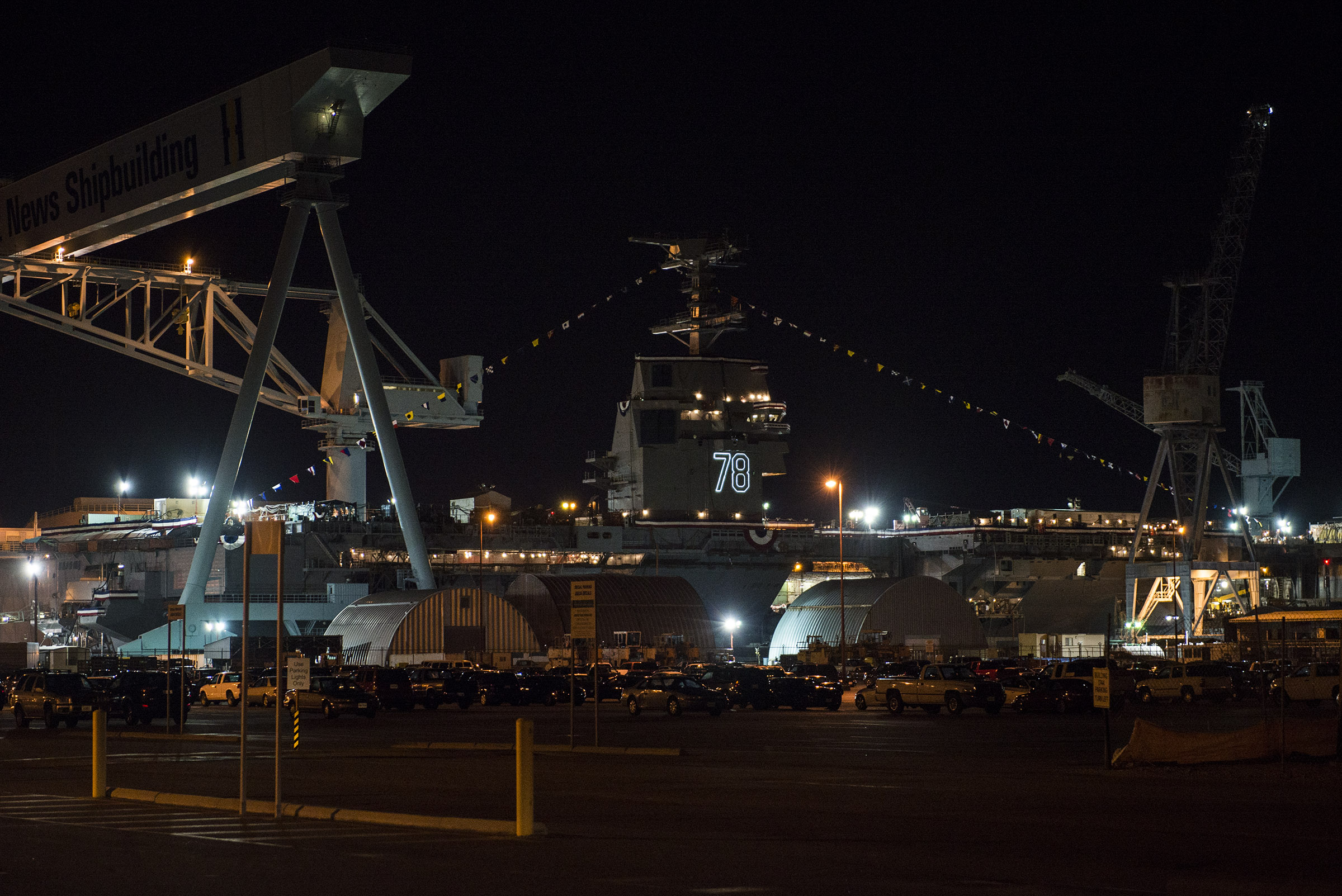
Document: Navy Force Structure and Shipbuilding Plans
From the Nov. 8, 2013 Congressional Research Service report, Navy Force Structure and Shipbuilding Plans: Background and Issues for Congress. The…
Copyright 2024 U.S. Naval Institute. All Rights Reserved.